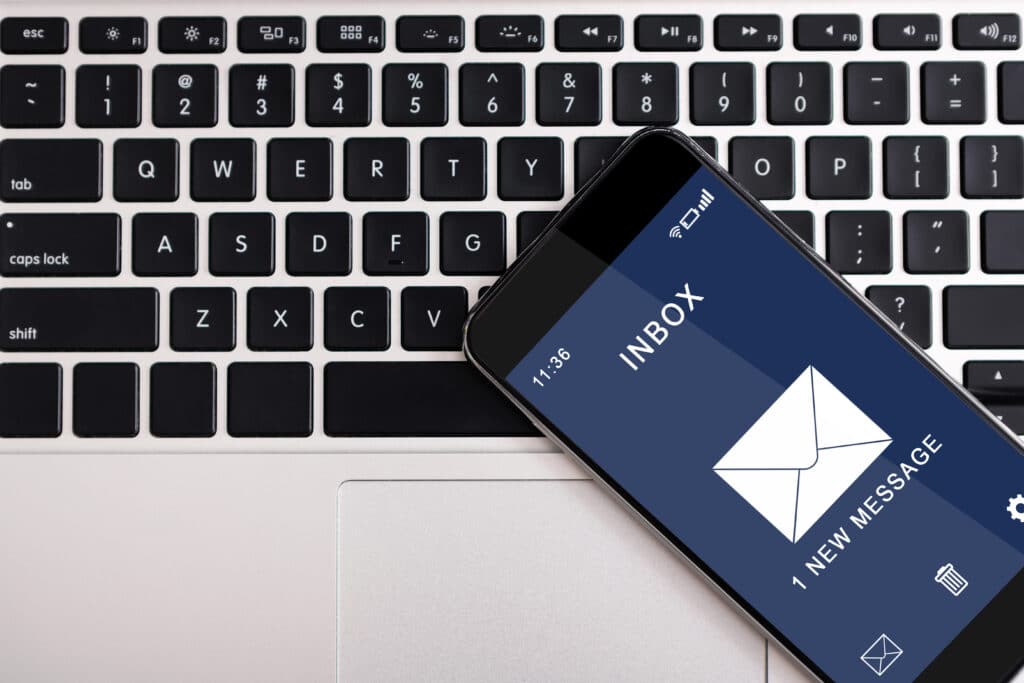Email security practices can seem like a backburner issue for most businesses, but email security should be one of the strongest aspects of your cybersecurity protocols. Why? It affects every person in your organization, and their lack of training or laissez-faire approach to email security practices can put your data at risk.
It’s essential to consider six basic tips when securing your business’ email accounts. Every team member must understand these practices to secure every entry point.
1. Use a Strong Password That You Change Frequently
Many attacks are carried out through malware or phishing by intercepting and stealing usernames and passwords. Using a password that is easily guessed makes it easier for hackers to access your information or network through simple dictionary attacks.
Change passwords regularly and consider using a password manager that generates strong, complex passwords and stores all of your accounts in one place.
2. Look Out for Phishing Emails
Phishing is a pervasive method for hackers to gather usernames and passwords and other personal information such as addresses or credit card numbers. Phishing is responsible for an astounding 90% of data breaches.
You should avoid emails that look official and ask for important financial or login information at all costs. Unfortunately, many people fall victim to these scams. Look out for simple spelling errors, spammy subject lines, and urgent requests for highly sensitive information.
3. Avoid Using Public WiFi
Public, free WiFi in airports and coffee shops is a great way to save money while out on the road or away from your business. Unfortunately, it can also be one of the easiest ways for hackers to intercept unencrypted data.
If you must use public WiFi, consider using a Virtual Private Network (VPN) to make sure your data is safe.
4. Use Multi-Factor Authentication
A login code sent to your phone or email address that you enter with your password is an easy way to prevent hackers from accessing your accounts if they steal your password information. Although it’s relatively simple for most people, many websites do not allow multi-factor login options. Whenever possible, make sure to set up and use multi-factor authentication.
To check that the site you’re visiting is secure, look for the little padlock symbol on the URL bar of the website. If it’s not there, no data is encrypted during login, and you can be compromised very easily.
5. Do Not Open Email Attachments Without Scanning Them First
Attachments are another easy way for hackers to gather passwords or other personal data. It’s best to avoid opening any suspicious emails you receive, especially those with attachments.
Consider using an anti-virus service that allows users to upload an email attachment and scan it for malware before opening it.
6. Log Out of Your Accounts Often
Although logging out of your email or social media account isn’t necessarily a security measure, it’s still important to do so. Hackers can access your accounts through cookies or other tracking techniques that are not always cleared when you simply close the browser.
While it might be annoying, logging out your accounts, especially in public places, is an added measure to keep your information safe.
Rely on Email Security Professionals
Ensuring your personnel understands simple, safe email security practices is crucial to your system and data integrity.
IT security professionals, like Tech Rockstars, have email security tools to guard every entry point and give your data the best protection. Contact them today and learn more about how email encryption, message tracking, and e-signature tools can protect your business.


